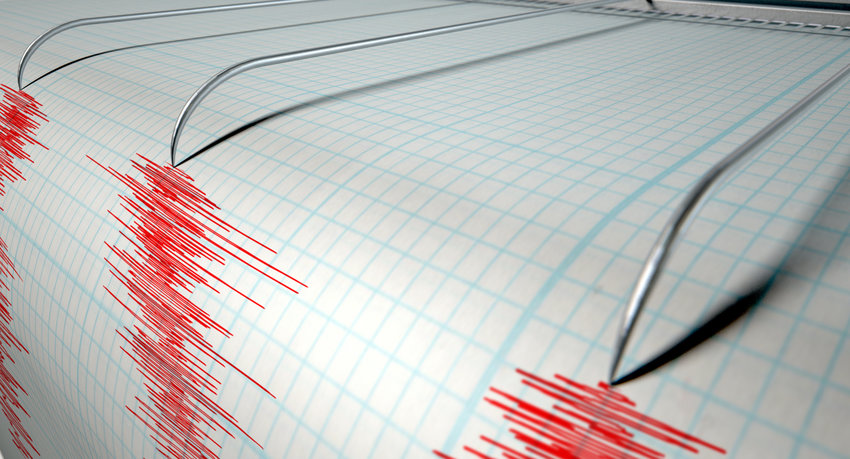A powerful 8.8-magnitude earthquake off Russia’s Far East coast recently sent tsunami warnings across the Pacific, including to Washington state’s west coast, prompting a critical re-evaluation of the region’s preparedness for a major seismic event and its potential devastating impacts.
This powerful tremor serves as a stark geological mirror image of the highly anticipated Cascadia Subduction Zone fault located off the Washington coast. Seismologists confirm that the mechanism behind the Russian quake is remarkably similar to what is expected from a rupture in the Cascadia fault, underscoring the vital lessons to be learned.
Historical geological evidence indicates that the last megathrust earthquake in the Pacific Northwest occurred over three centuries ago. Studies suggest that such colossal events have a recurrence interval of approximately 400 to 600 years, with seven significant temblors recorded over the past 3,500 years, highlighting the cyclical nature of this seismic threat.
The reason such earthquakes generate destructive tsunamis is directly linked to their mechanics: when the fault becomes stuck and then suddenly lurches, the upper plate thrusts over the oceanic plate, displacing vast amounts of water and initiating a tsunami. This exact phenomenon occurred with the Russian quake, providing a chilling analogy for a potential Cascadia event.
For Washington state, especially areas like Seattle, a Cascadia rupture could offer crucial minutes of warning time if the earthquake originates at a distant point along the very long fault. Advanced seismic networks have the potential to alert residents, providing vital seconds for immediate protective actions before strong shaking arrives.
Coastal residents face a more immediate danger, and experts emphatically advise against waiting for official tsunami confirmation if a strong earthquake is felt. The immediate and instinctual response should be to move to higher ground, as self-evacuation is the most effective defense against an approaching tsunami.
The logistics of mass evacuation, particularly on foot, present significant challenges in densely populated coastal communities, where high ground may be far or inaccessible. This necessitates innovative solutions for disaster readiness, emphasizing the need for robust infrastructure that supports rapid vertical evacuation.
Pioneering efforts like the purpose-built evacuation tower in Tokeland, Washington, exemplify critical investments in community safety. This structure offers a designated refuge, allowing residents to reach elevated safety within minutes of a major earthquake, well before the arrival of the first tsunami waves predicted for a Cascadia event.
Furthermore, recent seismic activity, such as the unprecedented swarm of nearly 1,000 minor earthquakes beneath Mount Rainier, has been monitored closely. While the current data suggests no immediate volcanic danger or magma movement, this seismic activity underscores the dynamic and active geological nature of the region, continually reminding authorities and residents to maintain a high state of earthquake preparedness and awareness.






Leave a Reply